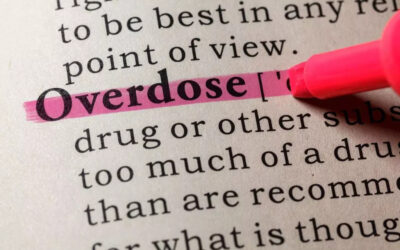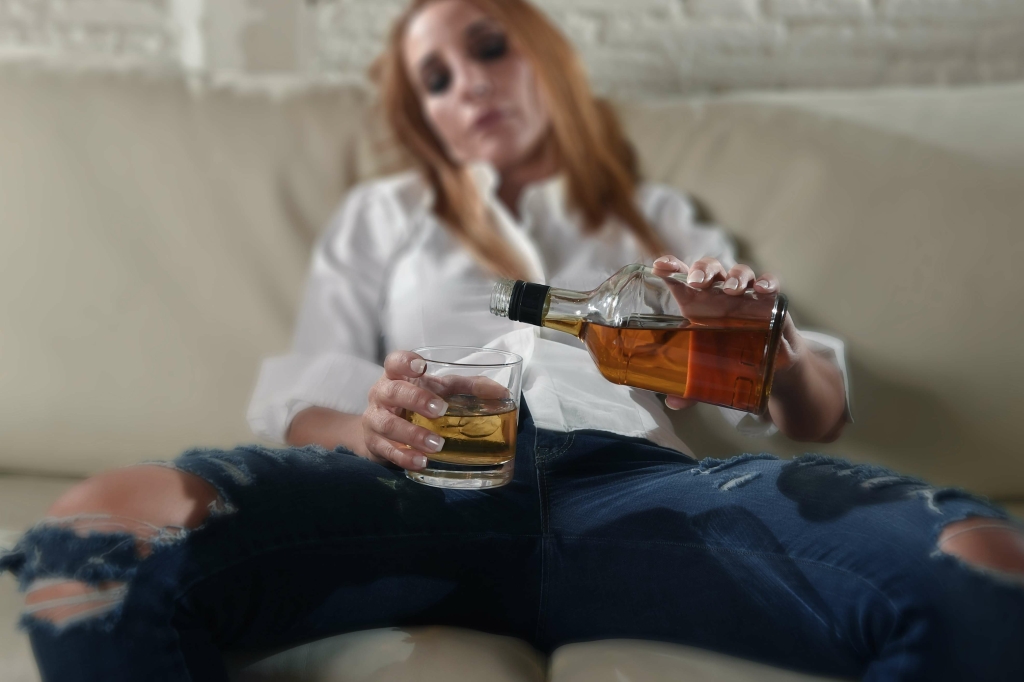Contents

Reports on the acute effects of MDMA co-administered with alcohol on driving performance are also relatively rare (Brookhuis et al. 2004; Kuypers et al. 2006). Kuypers et al. assessed the influence of 75 and 100 mg MDMA alone and combined with alcohol (average BAC around 0.4‰) on actual driving performance in a within-subjects design. Moreover, the standard deviation of speed also decreased under the influence of MDMA although it was unaffected by alcohol.

- Humans are homeothermic animals, and their temperature is relatively stable under changing ambient temperatures.
- Kuypers et al. assessed the influence of 75 and 100 mg MDMA alone and combined with alcohol (average BAC around 0.4‰) on actual driving performance in a within-subjects design.
- A study from 2015 published in the journal PLOS Onerevealed that using the two together increased stress on the rodents’ hearts at the cellular level.
- This is valuable and relevant, because, in contrast to mice, rats’ physiological and pharmacological pathways resemble more that of humans, implicating that these data are relevant for the human situation.
- After coherence is established, the style of following can also be analysed.
The information we provide is not intended to be a 4 ways to relax without alcohol medical advice, diagnosis or treatment. It should not be used in place of the advice of your physician or other qualified healthcare providers. The results of the alcohol study indicate that alcohol mainly influenced automated driving performance such as speed control and weaving . Both molly and alcohol usage can elevate a person’s blood pressure and heart rate.
Molly and alcohol are essentially on opposite sides of the drug spectrum. They create opposite effects, alcohol being a downer and molly being an upper. For every side effect, molly has on the body, using alcohol will attempt to counteract it. This creates extreme confusion for the brain on how it should function. When taken regularly, your body becomes dependent on the ingestion of this drug to release happy chemicals.
Mixing Molly (MDMA) & Alcohol | Effects & Health Risks
People who have been binge drinking alcohol may suffer from alcohol poisoning. Those under the effects of alcohol abuse may even vomit or suffer from hypothermia. Alcohol consumption combined with substance abuse is always risky, and this is no exception. Pills sold at parties can come cut with other illicit drugs and substances, including bath salts. This can have life-threatening consequences, especially if the person is unaware of what other drugs they are taking. Treatment for polysubstance abuse calls for the highest level of quality of care.
Furthermore, the researchers concluded that this overall effect could have dangerous consequences, as an individual might feel much less intoxicated than they actually are. This outcome could increase the chances of impaired driving and other risk-taking behaviors. The first step in the overall treatment program is to help the individual maintain abstinence from both drugs without experiencing significant withdrawal symptoms. Typically, this would be performed on an inpatient unit and supervised by an addiction medicine physician or addiction psychiatrist. According to this study, MDMA may make people feel less drunk than they actually are. Meanwhile, the body is still going through the same effects of alcohol.
This could potentially increase the chances of impaired driving and other risk-taking. The drug changes a person’s mood and perception, and its effects may allow someone to connect with people more easily and stay up all night listening to music or dancing. For these reasons, Molly is often used at music festivals, nightclubs and in other party-like atmospheres. Some people may even mix alcohol with Molly in hopes of reversing alcohol’s effects on driving. Driving will remain impaired after alcohol use, whether someone uses Molly or not. Macdonald S, Mann RE, Chipman M, Anglin-Bodrug K. Collisions and traffic violations of alcohol, cannabis and cocaine abuse clients before and after treatment.
So, if the participant is not following speed changes of the lead car properly, the coherence would be low. However, if the participant is following as instructed coherence would be high. After coherence is established, the style of following can also be analysed. The gain is a measurement of the type of speed reaction the participants had to the speed changes of the lead car and is returned as an amplification factor between the speed signals of the lead- and follow car. When there is an overreaction, the gain is larger than one, while at an underreaction, the gain is smaller than one.

Lamers CT, Ramaekers JG, Muntjewerff ND, Sikkema KL, Samyn N, Read NL, Brookhuis KA. Dissociable effects of a single dose of ecstasy on psychomotor skills and attentional performance. Saliva was collected every hour until 7 h post-drug-intake with a StatSure’s Saliva Sampler (®). After collection all samples were stored at −20°C until further analyses. The amount of administered alcohol was dependent on the weight, height and gender of the participant and was calculated using the Widmark formula . The driving test was then conducted 20 min post-alcohol intake and took approximately 50 min.
The participants were only allowed to leave when their BAC was below 0.1‰. The study was approved by the ethical committee of the Department of Psychology at the University of Groningen. The participants were instructed to abstain from alcohol in the 24 h prior to the experiment and to refrain from caffeinated beverages on the morning of the experiment. The first testing day started with a screening of the participants by questioning them about their lifestyle in relation to alcohol and drugs using the Drug Abuse Screening Test-10 . After this screening the participants were trained in the simulator for 30 min.
Effects of Alcohol
It is believed that combined MDMA and alcohol use can lead to an increase of a protein known as HSP27 in the heart. More HSP27 is linked to higher amounts of stress in the heart, which can lead to long-term damage. MDMA is a popular synthetic drug that causes stimulant and hallucinogenic effects. It may be used to increase energy levels and euphoria during long parties. Alcohol is a popular depressant that slows down activity in the central nervous system.
Combining MDMA and alcohol increases the risk of adverse or severe side effects. In some cases, side effects can be fatal or cause long-term health problems. This may be due to MDMA damaging dopamine reward pathways, which may encourage people to drink more alcohol. Both drugs can also cause dehydration, which may result in a person consuming more alcohol.
Clearbrook Manor – Pennsylvania Drug and Alcohol Treatment Center
Join our online community to learn more about addiction and treatment. Substances classified in this category are not considered to be safe to use under any circumstances, even if they are taken under the supervision of a physician. Therefore, these substances cannot be legally obtained by private citizens and may only be legally obtained with special permissions from the government. The effects of the drug are dose-dependent, and at low doses, there may be more stimulant effects whereas at higher doses, there may be more hallucinogenic and dissociative effects. People who abuse ecstasy often have problems with insomnia once they crash. Our alcohol treatment has helped numerous alcoholics quit alcohol and make positive changes to their lives.
If participants kept the same speed they would drive through red, if they sped up they would most likely drive through amber and if they wanted to stop they had to brake firmly. The choice of the participant was determined by assessing the colour of the traffic light at the moment of crossing. The dissociation between subjective perceptions and objective performance decrements are important notions for traffic safety since this may affect a driver’s judgement of whether or not it is safe to drive. Heavy or regular use of both substances can cause liver, kidney, heart, and other organ damage. While MDMA causes an increase in a person’s positive moods, because alcohol is a depressant, it provides the opposite effect. Alcohol clouds a person’s judgment and ability to reason, which can make them more likely to engage in poor impulse control.

Seta – LGBTI Rights in Finland works for an equal society and individual welfare, that includes and welcomes everyone regardless of gender identity, sexual orientation or gender expression. Narcotics Anonymous is a fellowship for people struggling with drug problems and thus affecting their daily lives. For more information regarding their meeting schedules, refer to their website in Finnish or in English.
Combined MDMA and alcohol use can also damage other organs, such as the liver or pancreas. Interactions between alcohol and MDMA can cause depletion in dopamine and serotonin transporters, which can lead to an imbalance of neurotransmitters in the brain. This imbalance can lead to toxicity and habit-forming behaviors, since dopamine and serotonin control reward and mood. Studies about alcohol’s interactions with methamphetamine may also apply to MDMA, since the two substances have similar structures and compositions. This can lead to higher amounts of amphetamines in the blood, leading to stronger effects like decreased mood and difficulty concentrating.
Molly can come in a powder or liquid form, but it’s most often found pressed into a pill or in the form of brightly colored tablets. If you are worried about your or a loved one’s MDMA and alcohol abuse then don’t worry, help is out there. Taking the first step towards a better life can start with a simple conversation. One of the most important steps for someone suffering from MDMA and alcohol abuse is to speak to someone about it.
Mixing Molly and Alcohol
The effects of MDMA can make it hard to understand how much water you need and remember how much you’ve already had. Keep in mind that many drugs you get off the street may not be exactly what dealers say they are. Because MDMA is illegal and unregulated, it’s very difficult to know if it’s legitimate and pure. From day one, Ria Health has offered support for the Sinclair Method—a medication-based approach to moderate drinking or abstinence with a 78 percent success rate.
